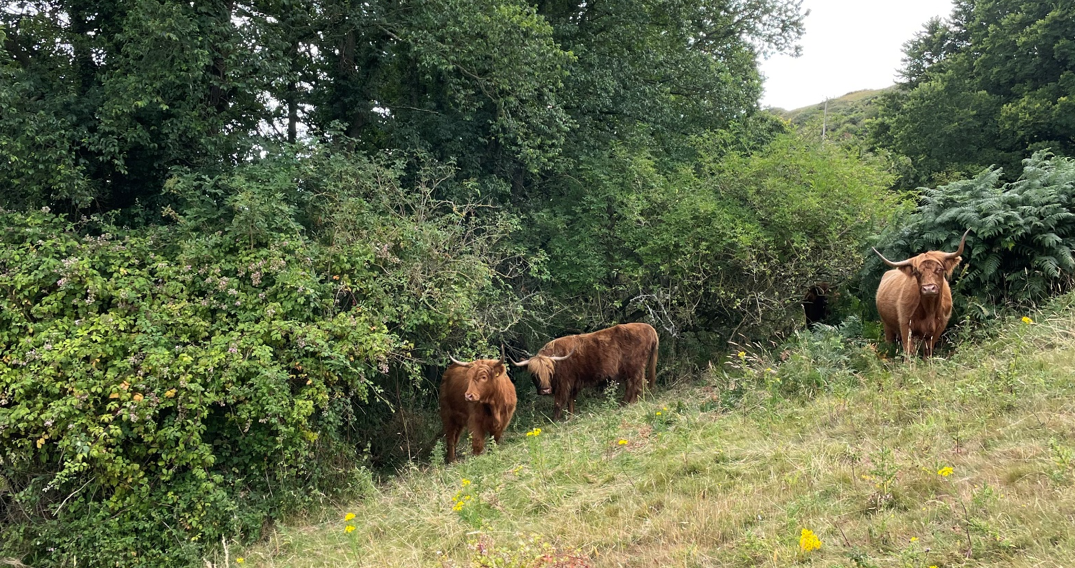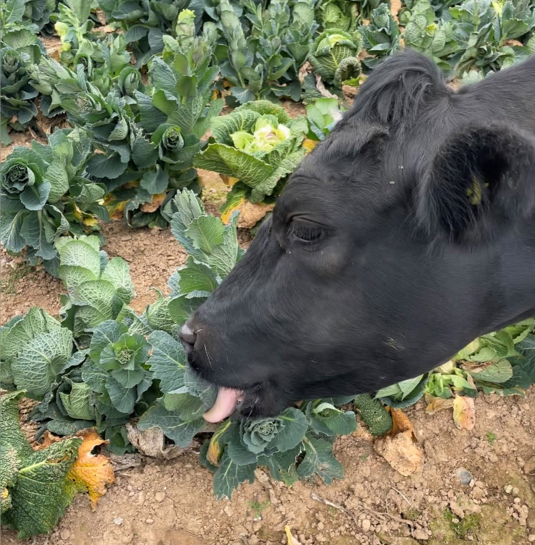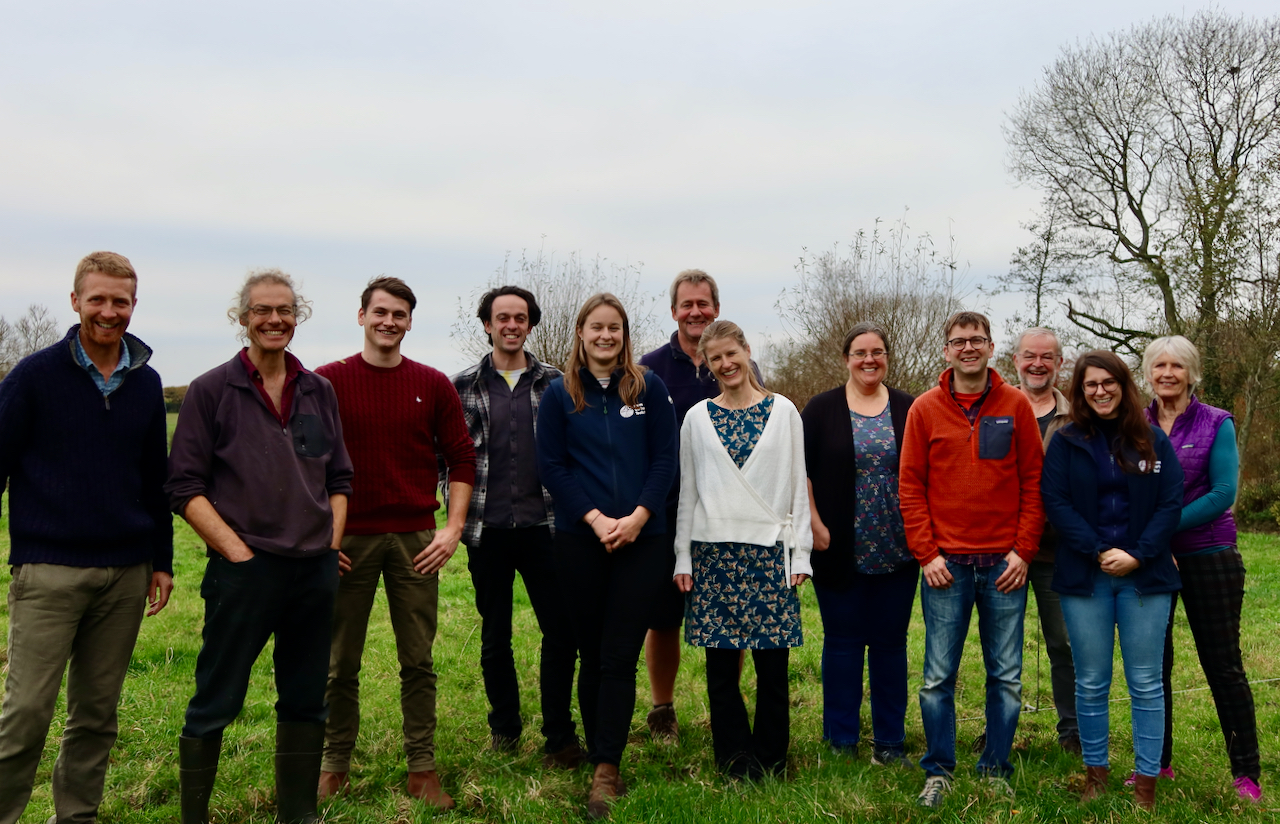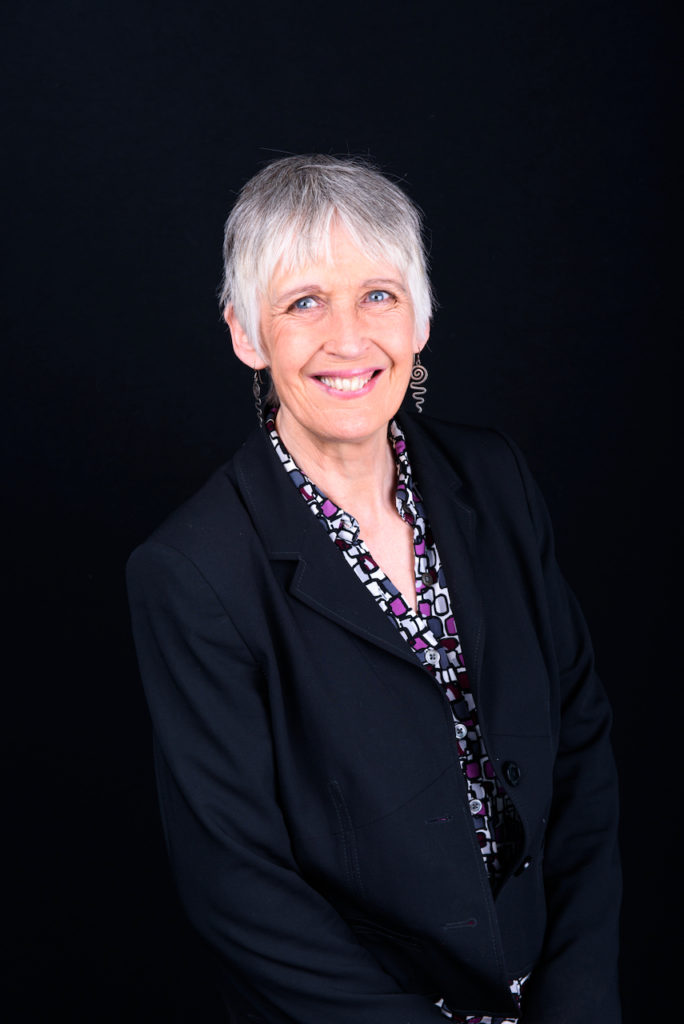
Release date: 5th May 2022
Farm Carbon Calculator upgrade gives users an even better experience, underpinned by the latest science.
The Farm Carbon Calculator has released another major upgrade to its free online tool, which is designed to help farmers and growers understand and manage greenhouse gas emissions in agriculture and horticulture.
This latest upgrade – the second in six months, focuses on usability, livestock, nitrous oxide, crops and fertilisers. Calculator users will notice significant improvements in design and usability, in particular:
- Clearer design and layout across the user interface
- Results reorganised to give users a clearer understanding of their emissions and sequestration results
- Benchmarking allows users to understand where their carbon footprint is in comparison to other users
- Results split into all greenhouse gases, and Scopes 1,2 and 3 for clarity
- A new way of recording yields of crops and outputs of livestock
The well regarded Nitrogen Module, introduced in November (and kindly funded by WWF-UK), has also received a significant design improvement in this latest upgrade.
Designed by farmers for farmers, the Farm Carbon Calculator offers an intuitive user interface and a comprehensive and accurate list of categories for all farmers and growers across the UK.
Regarded by many as the most comprehensive, accurate and user-friendly carbon calculator available to farmers and growers, the Farm Carbon Calculator is one of just three tools recommended by the NFU to its members.
Currently thousands of users already benefit from the free tool to calculate the carbon footprint of their business, identify ways to reduce their emissions – and increase farm profitability.
Jonathan Smith, Carbon Calculator Director, says
“The drive for continual improvement in the Farm Carbon Calculator is always at the forefront of our minds. Understanding what our users need, whilst keeping on top of rapidly emerging science is a constant challenge, but one that excites and motivates us.
“Never before has carbon management been so important for farmers and growers in the UK. Yet the scale and pace is only likely to accelerate over coming months and years. We understand the importance of our users being empowered to measure, manage and mitigate carbon in their businesses in a user-friendly and cost-effective way.”
Oliver Kynaston, Carbon Calculator Manager, says
“This upgrade, hot on the heels of last November’s release, features important upgrades to methodologies and emissions factors in key areas for many farmers: livestock, fertilisers and crop residues. Our drive for accuracy is always high on the development list.
“We are particularly pleased with the re-design of the interface, which presents data entry and results in a very clear way to users. It’s vital that these tools are as easy to use as possible for today’s busy farmers and growers.”
This upgrade was completed in association with our valued web development team at Creative Coop, with whom Farm Carbon Calculator has worked with for over 10 years. Their expertise in design and software development is a very valuable part of the Calculator.
The Farm Carbon Calculator is free for farmers and growers to use. Visit https://calculator.farmcarbontoolkit.org.uk.
A Commercial Licence is available for consultants and advisors wishing to use it for profitable purposes, with integrated training and support.
White label versions of the Farm Carbon Calculator can also be designed and developed for individual businesses, organisations, and groups. For more information on either product contact calculator@farmcarbontoolkit.org.uk
Notes for editors
- Farm Carbon Calculator is owned and managed by Farm Carbon Toolkit (FCT). FCT was set up in 2010 to provide advice, support and encouragement to farmers and growers wanting to reduce their carbon footprint. It is actively engaged in research, training, and consultancy work. It is run by farmers for farmers and is a Community Interest Company.
- Farm Carbon Calculator has been running for over 12 years. It is free for users and always will be.
- For press interviews please contact Jonathan Smith [email protected] or 07528 136678.














Recent Comments